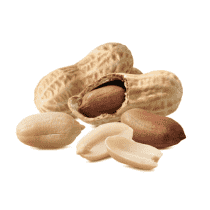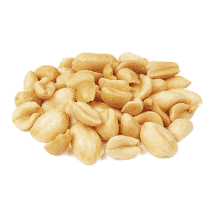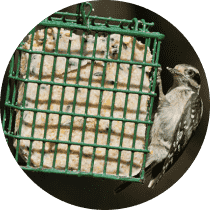Hairy Woodpecker
A species of Three-toed woodpeckers Scientific name : Leuconotopicus villosus Genus : Three-toed woodpeckers
Hairy Woodpecker, A species of Three-toed woodpeckers
Botanical name: Leuconotopicus villosus
Genus: Three-toed woodpeckers
Content
Description People often ask General Info
Description
The hairy Woodpecker is small and powerful, with a long bill that it puts to great use. The clean stripes of its head and exceedingly straight posture gives it the look of a soldier in the trees. Its call is more of a “whinny,” that can be heard in forests and parks. This bird is often found with its lookalike counterpart—the Downy woodpecker.
Size
18 - 26 cm
Life Expectancy
15 years
Nest Placement
Cavity
Feeding Habits
Hairy Woodpecker predominantly consumes insects, including wood-boring and bark beetle larvae, ants, and moth pupae, which constitute over 75% of their diet. They prey on insects in outbreaks or burned forests, aiding in pest control. They supplement their diet with fruits, seeds, and occasionally tree sap, while suet and sunflower seeds are part of their feeders' fare.
Habitat
Hairy Woodpecker thrive in a variety of wooded environments, from coniferous and deciduous forests to mixed woodlands, typically up to altitudes of 6,500 feet. They favor mature forest regions with medium to large trees, including forest edges, beaver pond areas, and burn zones. These birds also adapt well to suburban habitats like parks, cemeteries, and orchards. The presence of hairy Woodpecker is less tied to the type of trees and more to the availability of insect prey and suitable nesting sites.
Nest Behavior
Excavation for hairy Woodpecker nests starts less than two weeks before laying, with a sequential laying pattern, and both parents partake in nurturing the eggs and young.
Nest Characteristics
Hairy Woodpecker nests are excavated in dead tree stubs or branches, often skewed with an underside entrance hole to deter competitors, measuring about 2 inches high, 1.5 inches wide, and 8-12 inches deep, including a wood chip bedding.
Dite type
Insectivorous
People often ask
General Info
Feeding Habits
Bird food type

Black Oil Sunflower Seeds

Hulled Sunflower Seeds

Safflower

Suet

Peanuts

Peanut Hearts

Mealworms
Bird Feeder Type

Suet Cage

Large Hopper

Platform
Sounds
Call
Recording location: Costa Rica
Call
Recording location: United States
Behavior
Hairy Woodpecker showcase a robust arboreal lifestyle, energetically scaling trunks with rapid, coordinated hops using their powerful legs and tail feathers for support. They predominantly forage on trees, avoiding softer plants, meticulously inspecting bark, particularly on ponderosa pines vulnerable to beetle infestations. Their interactions are notably vocal and visual, with dramatic wing raising and sharp calls during disputes, or elaborate bobbing and wing flicking in courtship rituals. Their flight is agile, sometimes engaging in high-speed, acrobatic pursuits amidst the canopy.
Distribution Area
The hairy woodpecker inhabits mature deciduous forests in the Bahamas, Canada, Costa Rica, El Salvador, Guatemala, Honduras, Mexico, Nicaragua, Panama, Puerto Rico, Saint Pierre and Miquelon, Turks and Caicos Islands, and the United States. Mating pairs will excavate a hole in a tree, where they will lay, on average, four white eggs. These birds are mostly permanent residents. Birds in the extreme north may migrate further south; birds in mountainous areas may move to lower elevations. 
Scientific Classification
Phylum
Chordates Class
Birds Family
Woodpeckers Genus
Three-toed woodpeckers Species
Hairy Woodpecker 